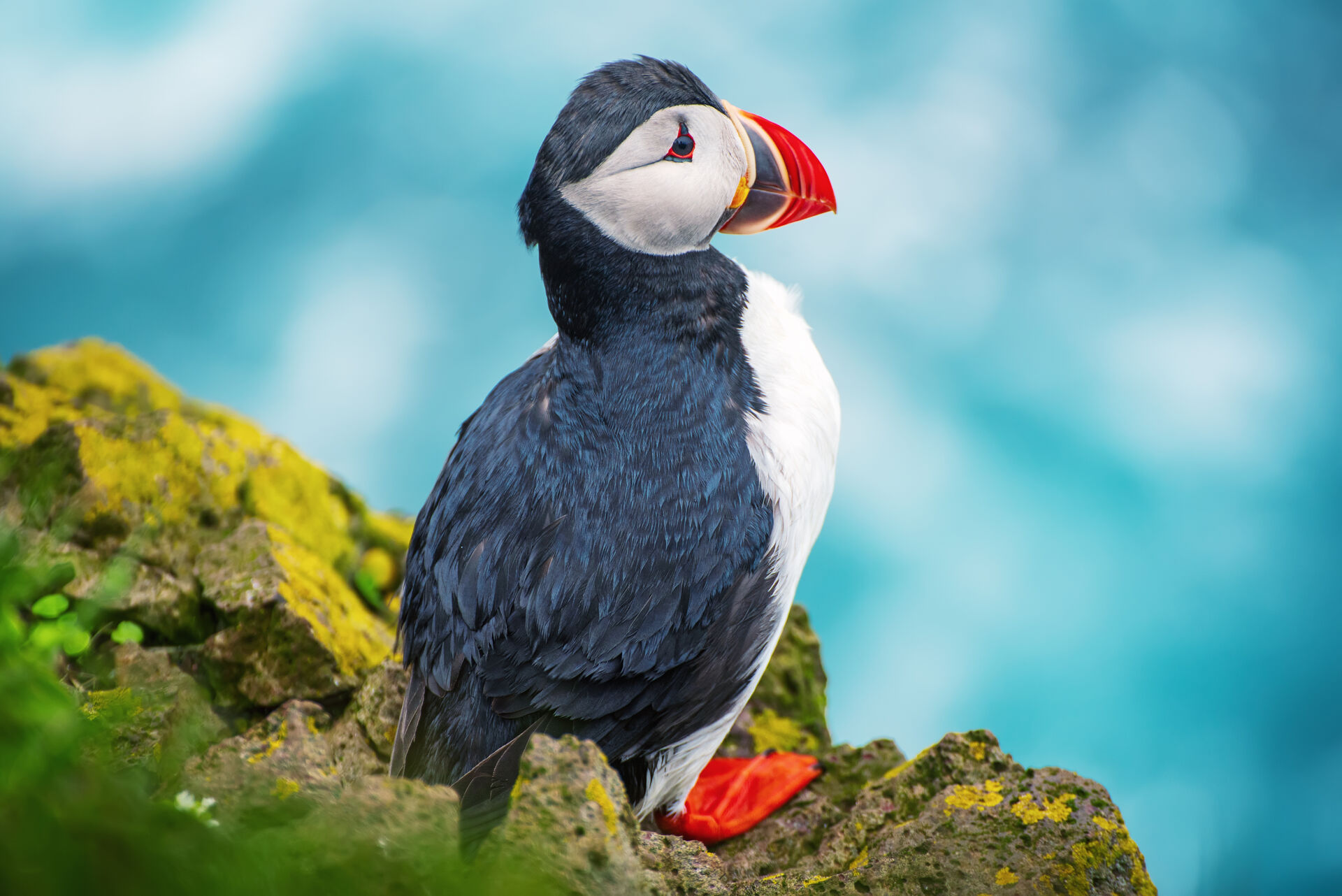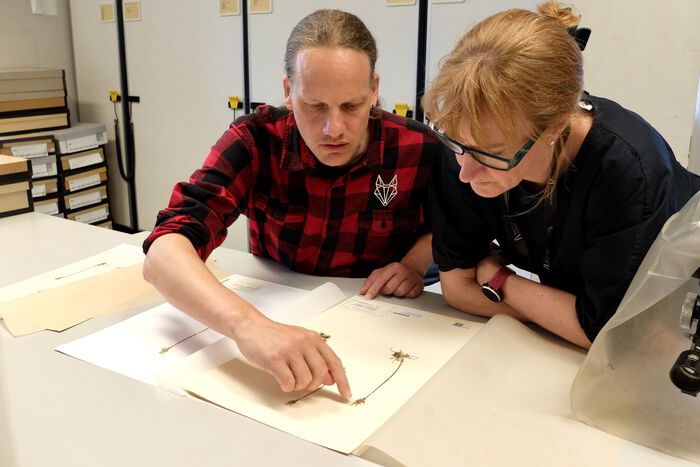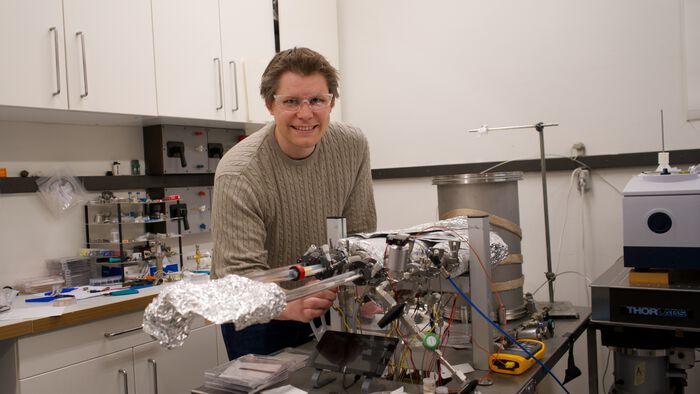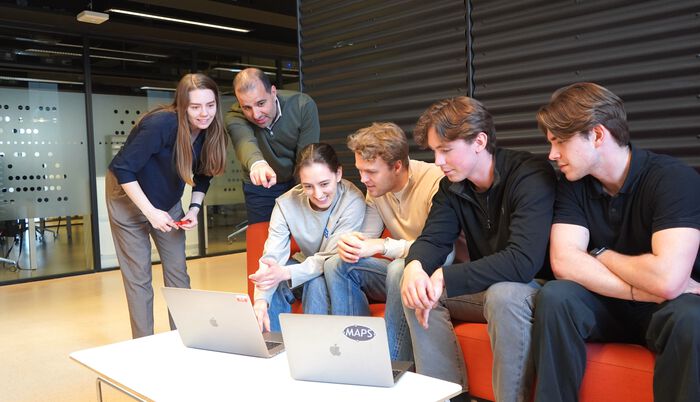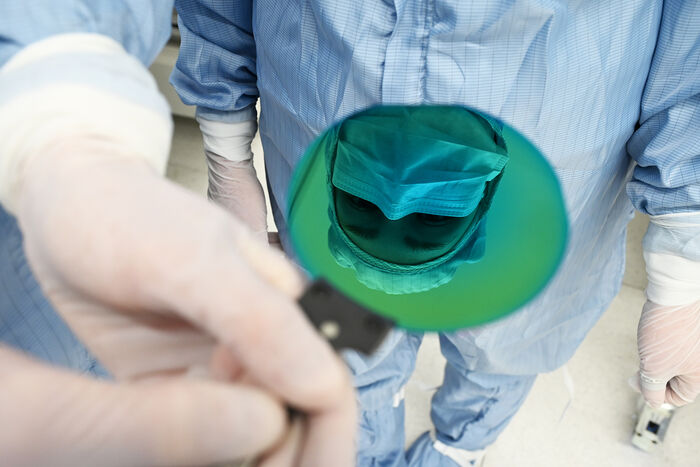Since the middle of the last century, the number of seabirds has declined by 70 percent worldwide. Røst in Lofoten still has one of the world’s biggest colonies of Atlantic puffins (Fratercula arctica). Although nine of the past thirteen breeding seasons have resulted in very few offspring. Globally, puffins are classified as vulnerable to extinction, and past breeding seasons have made researchers very concerned. Puffins live for a very long time. Thus it takes time before breeding problems translate to declines in population size. What happens is that the chicks die before they are ready to leave the nest. The adult population is fairly stable, but when few chickens survive there will be trouble in the long run.
"A lot of this has to do with the access to food," says Associate professor Sanne Boessenkool, at the Centre for Ecological and Evolutionary Synthesis (CEES).
In light of the dramatical decline in the number of seabirds, it is particularily important to conserve the present genetic variation. Previously, it has been assumed that puffins can be divided into three subgroups according to geographical distribution and size. It has also been assumed that the genetical variation is evenly distributed among the different colonies. This assumption was based on analyses of smaller parts of the genetic material. Yet, Sanne Boessenkool and Oliver Kersten at CEES wanted to investigate if this assumption was true.
You can also read this article in Norwegian
"When you want to conserve a species, you want to conserve the genetic variation. In order to do so one must know what and where the variation is, and what you lose, if you lose a population," explains Boessenkool.

International effort to collect the samples
Seabirds have the possibility to fly over great distances. Nevertheless, many breed at the same place every year, some with the same mate for life.
Therefore, it is important to know if the genetic diversity is evenly spread out amongst all puffins, or if different colonies become more genetically different over time.
Several surveillance programmes (SEAPOP, SEATRACK, ARCTOX) have contributed with sample collection and interpretation of the results. Researchers on these programmes know the ecology and the species very well. The local partners have collected the blood samples and feathers at the same time as they carried out surveillance and ringing of birds at the various populations. Without the international cooperation the research would have been very complicated. Half of the year, the puffins are at the open sea. To collect samples from various locations within the breeding season it was necessary to cooperate with several partners.
As a result, Boessenkool and Kersten sequenced the genetic material of 72 individuals from 12 different colonies.
Fakta
Genome sequencing
- When researchers analyse the genetic material, they read a DNA sequence consisting of base pairs. Sometimes all of the genetic material (genome) is sequenced, but sometimes only a part of it is sequenced. It is expensive and time consuming to sequence and analyse the whole genome, therefore it is not uncommon to sequence just a part of it. Even though sequencing still is expensive, it has become much cheaper than ten years ago.
Whole genome analysis
Previously, puffins were divided into three subgroups, though some researchers claimed that there were only two. These groups were largely based on size and geographical distribution, with the largest subgroup in the north and the smallest ones in the south.
"The genetical studies show that there are at least four subgroups or groups of colonies," explains Kersten.
One of the subgroups are the largest puffins, which only exist in the Arctic part of the world. One of the other groups is located on the west coast of Canada and the US.
Most of previous genetic analyses of seabirds had been done on the genetic material from mitochondria, or certain parts of the genome. These had often not shown genetic differences between the populations and colonies. Yet, the new study shows that the mitochondrial DNA is not a good starting point to look for genetic variation and differences in today’s seabirds.Nevertheless, conducting whole genome analyses is expensive and time consuming, a reason why it hasn’t been applied very often previously.
When the researchers in this study looked at the whole genome of the puffin they were able to identify substantial differences between the populations.
Methods could be improved in the long run
This study shows the importance of doing whole genome sequencing to reveal the distribution of genetic diversity. Kersten and Boessenkools findings could also have consequences for future methods.
The researchers are trying to identify some areas in the genome where the differences between the groups of puffins are most pronounced. This means that future research projects or surveillance projects without the funds to conduct a whole genome analysis can concentrate on certain areas in the genome that will function as markers. This is not possible today, but the researchers are hoping to create a database with such markers.
We need to take better care of local puffin colonies
When the variation between groups of colonies is so pronounced, each group and sometimes every local colony is important to conserve the genetic diversity of the whole species. Previously it was assumed that if a group of puffins was doing poorly the genetic variation was still conserved in other colonies or groups, but that is likely not true. To conserve the species, every colony is important. Exactly how to turn around the recent development for seabirds is not clear to the scientists, but just to be aware of the significance of each colony may be important.
Different groups of puffins may be adapted to different environments. With climate change it is important that we conserve as much of the diversity as possible, because some groups can be better adapted to these changes than others, but we do not necessarily know which.
Source:
Kersten, O., Star, B., Leigh, D.M. et al. Complex population structure of the Atlantic puffin revealed by whole genome analyses. Commun Biol 4, 922 (2021).
